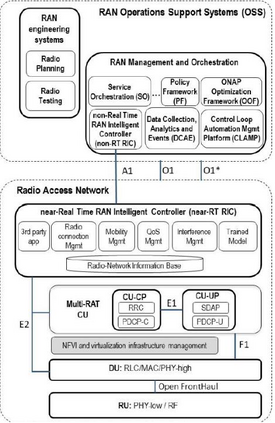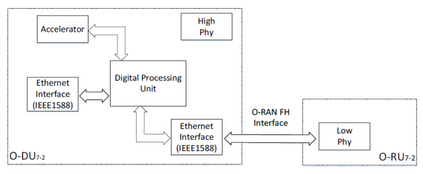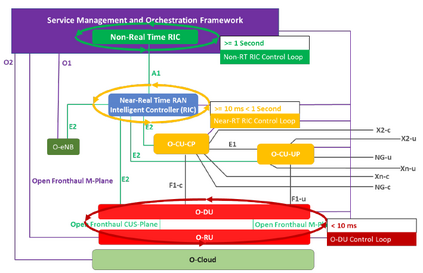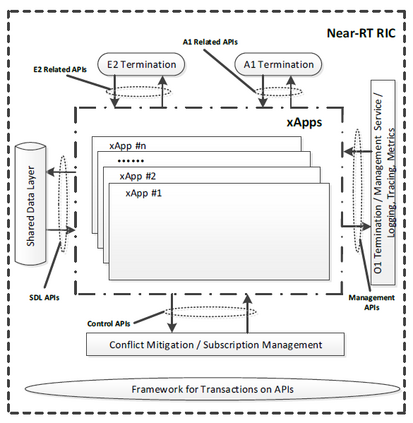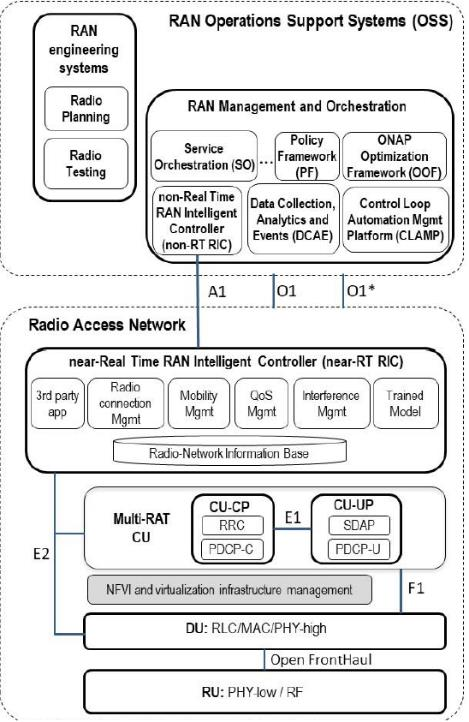
This tutorial seeks to outline the proposed Open Radio Access Network (O-RAN) deployment for Fifth generation (5G) wireless networks. O-RAN seeks to supplant hardware-specific Radio Access Network (RAN) components (e.g., the mobility management entity (MME) or base station (gNB)) with generic hardware, specialized software, and open signaling interfaces. The virtualization and network slicing features of 5G allow for software to replace previously hardware specific functions. Software further provides faster analytics, thus supporting 5Gs latency requirements and advanced usage scenarios (i.e., enhanced mobile broadband (eMBB), massive machine type communications (mMTC), and ultra-reliable low latency communications (uRLLC)). Furthermore, as software annexes control of the RAN, there is freedom to integrate Artificial Intelligence/Machine Learning (AI/ML) algorithms into RAN management (particularly at the user plane). This integration is one of the goals of O-RAN. Lastly, relying on generic hardware and specialized, open-source software eliminates reliance upon specific device manufacturers. This paper will provide questions regarding the future of O-RAN, with a focus on 5G network device security.
翻译:这一指导性工作旨在概述第五代(5G)无线网络的拟议开放无线电接入网络(O-RAN)的部署情况;O-RAN力求取代硬件专用无线电接入网络(RAN)部件(例如移动管理实体或基地站),包括通用硬件、专门软件和开放式信号界面;5G的虚拟化和网络切除功能使软件能够取代先前的硬件特定功能;软件进一步提供更快的分析,从而支持5G系统长期性要求和先进的使用情景(即增强移动宽带、大规模机器型通信和超耐用的低延迟通信);此外,作为对RAN的软件附件管制,允许将人工智能/机器学习算法纳入RAN管理(特别是在用户平面上);这一整合是O-RAN的目标之一,依靠通用硬件和专用、开放源软件消除对具体设备网络的依赖。
